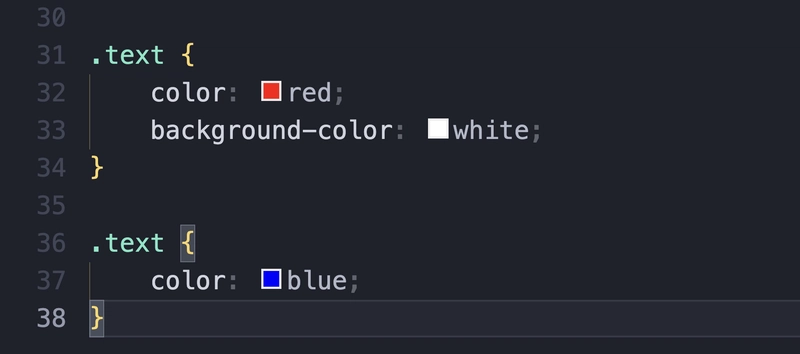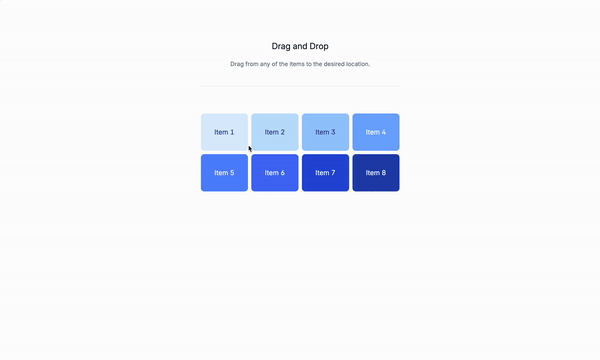Organize Your Code with the Service Layer Pattern: A Simple Python Example
Introducción al Diseño de Software Empresarial In software development, especially in enterprise applications, it is essential to keep the code clean, organized, and easy to maintain. As projects grow, so does the complexity of the business logic. This is where design patterns play a key role. One of these patterns, commonly used in architectures such as MVC (Model-View-Controller) or REST APIs, is the Service Layer pattern. Its main objective is to separate business logic from the rest of the system, such as the user interface or database access. What is the Service Layer Pattern? The Service Layer pattern centralizes an application's business logic. Instead of distributing business rules across controllers, views, or directly in the model, this logic is organized in an intermediate layer: services. Imagine you have an ordering application: without a Service Layer, you might have validation logic in the controller, part in the model, and part in the frontend. This becomes difficult to maintain and error-prone. The solution is to encapsulate all the business logic in a service class or module. Why is it important? The Service Layer pattern not only helps you have cleaner code, it also provides benefits such as: Modularity: Clearly separates what part of the system does. Reusability: The same service can be used in different interfaces (API, console, web, etc.). Maintainability: If you need to change a business rule, just update the service. Testability: Having isolated logic makes it easier to write automated tests. Scalability: Allows you to grow without turning your code into chaos. Example without Service Layer Let's look at a typical case where the pattern is not applied and everything is mixed in one place: This code seems fine for a small project, but what if you now have to: Validate if the user exists Check if the product is in stock Apply a discount based on quantity Send a confirmation email The controller will quickly become cluttered with business logic, becoming unmanageable. Refactoring using Service Layer We apply the pattern and move the business logic to an OrderService class: Now the controller only coordinates, while OrderService is responsible for applying all the rules necessary to place an order. Github link for those interested: https://github.com/WhiteFall20/Example_Simple_Service_Layer.git How does it look in real architectures? This pattern is very common in frameworks such as: Spring Boot (Java): @Service classes contain business logic. Django (Python): Although not enforced, it is a good practice to create a services/ folder. Ruby on Rails: Many teams create app/services to implement this pattern. Laravel (PHP): It is recommended to separate logic into service classes. When to use this pattern? When your application has rapidly growing business logic. When the same process is executed from multiple interfaces (API, CLI, etc.). If your project is very small and doesn't have complex business rules, you may not need it yet. Conclusion The Service Layer pattern is a powerful tool for keeping your application organized, clear, and scalable. Although it may initially seem like it's adding more classes or files, it actually prepares you for project growth and improves code quality. Applying this pattern is a step toward professional software design, especially in enterprise applications. Don't underestimate it!

Introducción al Diseño de Software Empresarial
In software development, especially in enterprise applications, it is essential to keep the code clean, organized, and easy to maintain. As projects grow, so does the complexity of the business logic. This is where design patterns play a key role.
One of these patterns, commonly used in architectures such as MVC (Model-View-Controller) or REST APIs, is the Service Layer pattern. Its main objective is to separate business logic from the rest of the system, such as the user interface or database access.
What is the Service Layer Pattern?
The Service Layer pattern centralizes an application's business logic. Instead of distributing business rules across controllers, views, or directly in the model, this logic is organized in an intermediate layer: services.
Imagine you have an ordering application: without a Service Layer, you might have validation logic in the controller, part in the model, and part in the frontend. This becomes difficult to maintain and error-prone. The solution is to encapsulate all the business logic in a service class or module.
Why is it important?
The Service Layer pattern not only helps you have cleaner code, it also provides benefits such as:
Modularity: Clearly separates what part of the system does.
Reusability: The same service can be used in different interfaces (API, console, web, etc.).
Maintainability: If you need to change a business rule, just update the service.
Testability: Having isolated logic makes it easier to write automated tests.
Scalability: Allows you to grow without turning your code into chaos.
Example without Service Layer
Let's look at a typical case where the pattern is not applied and everything is mixed in one place:
This code seems fine for a small project, but what if you now have to:
- Validate if the user exists
- Check if the product is in stock
- Apply a discount based on quantity
- Send a confirmation email The controller will quickly become cluttered with business logic, becoming unmanageable.
Refactoring using Service Layer
We apply the pattern and move the business logic to an OrderService class:
Now the controller only coordinates, while OrderService is responsible for applying all the rules necessary to place an order.
Github link for those interested: https://github.com/WhiteFall20/Example_Simple_Service_Layer.git
How does it look in real architectures?
This pattern is very common in frameworks such as:
- Spring Boot (Java): @Service classes contain business logic.
- Django (Python): Although not enforced, it is a good practice to create a services/ folder.
- Ruby on Rails: Many teams create app/services to implement this pattern.
- Laravel (PHP): It is recommended to separate logic into service classes.
When to use this pattern?
- When your application has rapidly growing business logic.
- When the same process is executed from multiple interfaces (API, CLI, etc.).
- If your project is very small and doesn't have complex business rules, you may not need it yet.
Conclusion
The Service Layer pattern is a powerful tool for keeping your application organized, clear, and scalable. Although it may initially seem like it's adding more classes or files, it actually prepares you for project growth and improves code quality.
Applying this pattern is a step toward professional software design, especially in enterprise applications. Don't underestimate it!









































































































































































![[The AI Show Episode 143]: ChatGPT Revenue Surge, New AGI Timelines, Amazon’s AI Agent, Claude for Education, Model Context Protocol & LLMs Pass the Turing Test](https://www.marketingaiinstitute.com/hubfs/ep%20143%20cover.png)






































































































































































































































.png?#)






































.webp?#)
.webp?#)


























































































![[Fixed] Gemini app is failing to generate Audio Overviews](https://i0.wp.com/9to5google.com/wp-content/uploads/sites/4/2025/03/Gemini-Audio-Overview-cover.jpg?resize=1200%2C628&quality=82&strip=all&ssl=1)

![What’s new in Android’s April 2025 Google System Updates [U: 4/14]](https://i0.wp.com/9to5google.com/wp-content/uploads/sites/4/2025/01/google-play-services-3.jpg?resize=1200%2C628&quality=82&strip=all&ssl=1)













![Apple Seeds tvOS 18.5 Beta 2 to Developers [Download]](https://www.iclarified.com/images/news/97011/97011/97011-640.jpg)
![Apple Releases macOS Sequoia 15.5 Beta 2 to Developers [Download]](https://www.iclarified.com/images/news/97014/97014/97014-640.jpg)


































































































































